Producer Highlight-
This post was contributed By Gabe Ericksen.
On Sunday, February 9th, Restoravore visited one of our very own Pleasant Valley grass-fed-beef producers, Blackberry Ridge Farms. In spite of the cold temps and fresh snow, the sun was shining so we opted to put up with some chilly toes and set up to chat out in the front driveway of the home of Erin Gervais (Oberton). Erin was kind enough to share with us about the history of their cattle farm as well, how it has changed their lives, and what some of their hopes look like for the future.
Farm Beginnings
Erin’s dad, Will Oberton, a retired industry professional in Winona, had purchased the initial parcels of this farm property in 2011. Although having grown up on a farm himself, farming hadn’t been a part of Will’s daily life since his youth. Erin’s husband, Chris, had also grown up on a farm, but had similarly chosen a career path outside of farming. Erin explained that if we had asked her 20 year-old self if she thought she would ever be into farming she would have said “definitely not!”. Clearly life has a way of surprising us sometimes. Chris was keen on the idea of living outside of town with some elbow room. Erin, though initially hesitant, now says that that was “the best decision ever” for their family.
In 2015 Will purchased 41 Galloway cows in an attempt to begin to rehabilitate the land. Without the deep historical ecological cycles that had been in place for thousands of years (this includes the grazing of large native ungulates and the indigenous use of fire) some form of management practices are necessary to rebuild and maintain land in a healthy functional state. Even without university backgrounds in ecology, this much was already clear.
Now, ten years later (2025), the contiguous farm property extends over 1000 acres, the herd numbers roughly 250 animals, and Erin, Will and crew are trying to bring in some new genetics including two recently acquired Wagyu bulls. Erin and Will now have a full-time farm manager (Joe), as well as a few extra part-time farmhands. Will, although never one to sit still for long, is increasingly happy for Erin to direct more of the day-to-day farm business and make it her own.
New Innovations
Blackberry Ridge has had the opportunity to participate in the early US trials of NoFence collars for cattle. NoFence is a GPS based ‘virtual fence’ collar. NoFence recently featured Blackberry Ridge Farms on their website here. There was a bit of a learning curve with this new technology, but the collars have been a game-changer for the farm. The bulk of the farm infrastructure lies on the top of the bluffs, on what us locals call ‘the ridge’, but a large portion of the property is made up of bluff slopes and valley bottoms.
For the past two summers Will and Erin have been able to drive their cow-calf pairs down the wooded hill roads to summer grazing space that had been formerly inaccessible to them. With almost no fencing infrastructure in the valley, they have been able to contain and rotate the cattle almost entirely with the virtual fence program alone.
Even after only two seasons, these cows already seem to know the new annual routine. This past Fall, a few weeks before the date the crew had scheduled for the herd to relocate, there was a big storm. 4 cows showed up the next morning at the winter pasture on top. Erin and Will decided to try just expanding the virtual perimeter (this is done with a smartphone app) to allow the cattle access to the slope and hilltop without the usual tone and electrical pulse that would keep them in the valley. Within 24 hours, all of the cows were on top of the hill, ready for their usual winter digs.
Ecological Restoration
Aside from the new technological innovations, Will and Erin have gotten on board with ecological restoration work on the farm. Will, being fortunate enough to own a dozer, excavator, and forestry-mulching skid-steer, also has folks that know how to use them! The process of expanding the pasture space and clearing degraded spaces of low quality vegetation and invasive vegetation has been begun in earnest. This is where I (Gabe) have now been able to lend a bit of a hand. Over the past two seasons, roughly 25 acres have been cleared and planted into native prairie forage. The plan is to continue to expand this practice across the breadth of the property, improving the edges of pastures and fields both in the valley and on the ridgetops. Then additional spaces that are either marginal or in need of replacement can be reworked.
The use of prescribed fire will also be implemented beginning this spring, and will be expanded in subsequent years as the revegetated land begins to come to maturity. There also happen to be some high quality, steep remnant bluff prairies on the property that have already seen intensive handwork. These are prime reservoirs biodiversity that will hopefully be able to see their rare species reclaim some lost ground and trickle back into their rehabilitating surroundings.
Collaboration Potential
Audubon’s Conservation Ranching Program is currently in talks with Blackberry Ridge Farms about certification in their ‘working lands’ program and the development of an overarching habitat management plan for the farm. Initial surveys of the grassland bird populations show much promise right off the bat. Erin explained that it’s difficult to know just how much people will care if their beef was raised on land where birds are healthy, but that “the birds are an important indicator of the health of the entire ecosystem, which in turn makes all the facets of our farm more successful”.
It’s exciting to think about what the future holds for Blackberry Ridge. There is a LOT of work to be done, and still many lessons to be learned. Erin doesn’t have too many clearly defined objectives for farm growth and expansion, but they all agree that they want to foster wealth in biodiversity and ecosystem health. Erin and Chris also have a 9-year-old (one of three boys) who currently thinks he wants to be a farmer. A lot could surely change in a child’s dreams over these upcoming few years, but Erin says that it’s motivating for there to be some potential for family involvement into the future. It’s encouragement to really ‘do right’ by the land and the animals they share their home with.
Local Partnership
Restoravore is so privileged to have such an ecologically engaged farm to collaborate and learn with here in our own mini-watershed. I’m sure there will be many more stories to share about our work together, and I’m sure you’ll be hearing about Blackberry Ridge frequently in our blogs and on our social media. We highly recommend supporting local farms like these that are really working hard to restore and manage the native ecology that surrounds them. Please check out the farm website here, and consider becoming one of their customers. The key to survival in this type of farming is a strong local community base that values the extra time and effort put into the land itself and then votes their support with their dollar.
Blackberry Ridge Farms can also be found on Instagram and Facebook.
On a more personal note– When I switched over to buying grass-fed-beef I noticed the flavor difference and the lean-ness. The experience is much like trying venison or bison for the first time. I consume fresh burger patties nearly daily (usually with only salt and butter) and it only took me a few days for the grass-fed beef to become the ‘normal’ flavor that my brain now expects. Grass-fed products have higher levels of Omega-3s (the ones we need more of) in contrast to the Omega 6s (the ones we typically get far too much of). I would propose that meat, in general, is one of the very best sources of bioavailable nutrition one can possibly find. Now, if we can also begin to consume meat produced on biodiverse native vegetation grown in healthy soil, I think we’re really beginning to set things right.
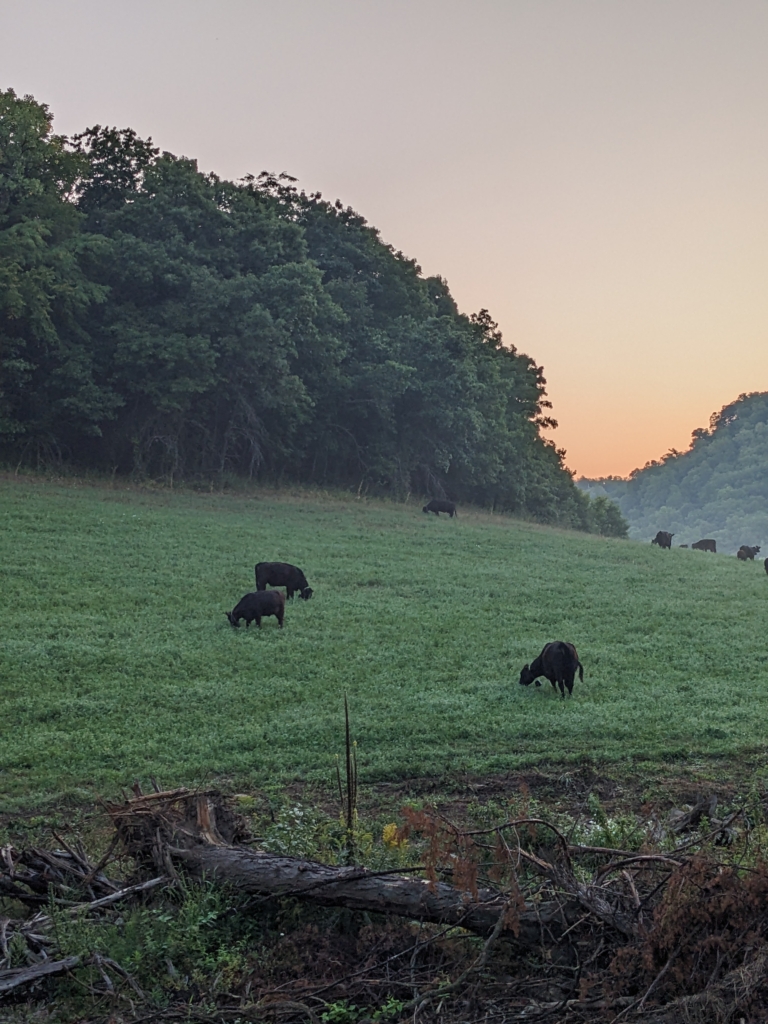
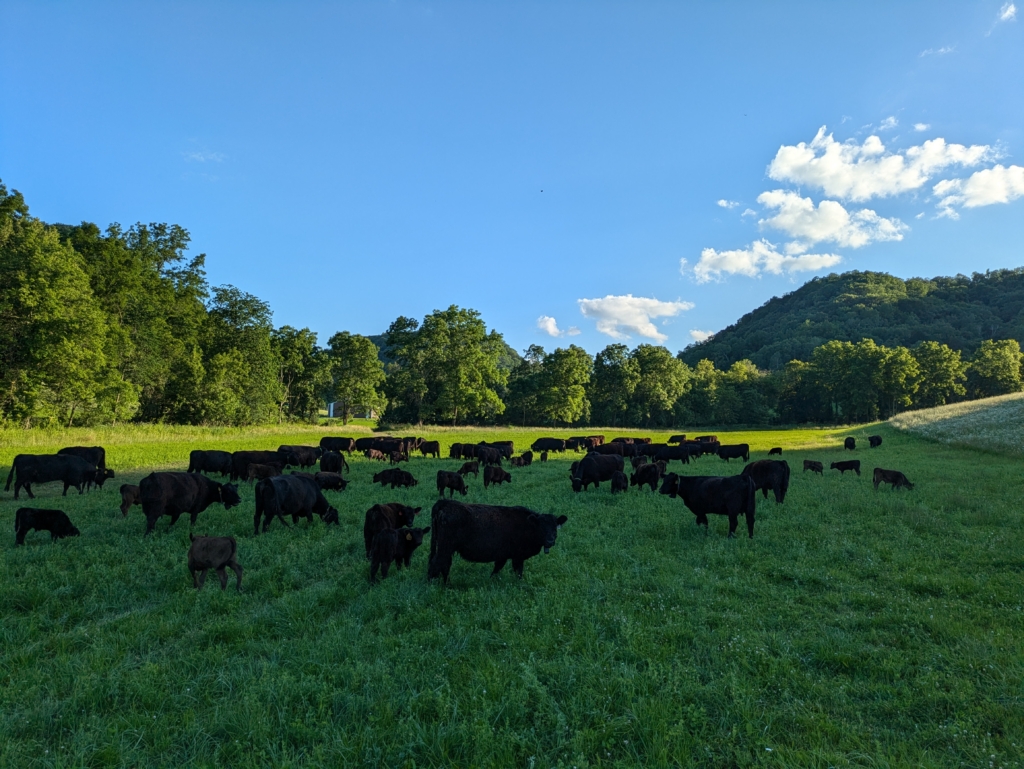
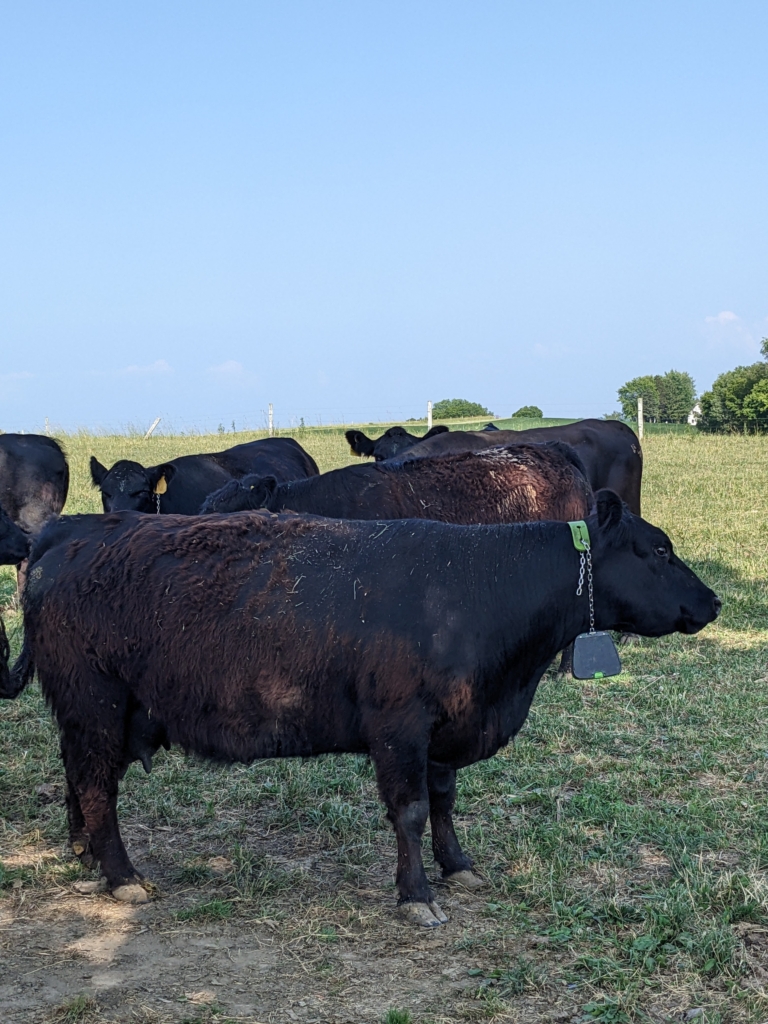

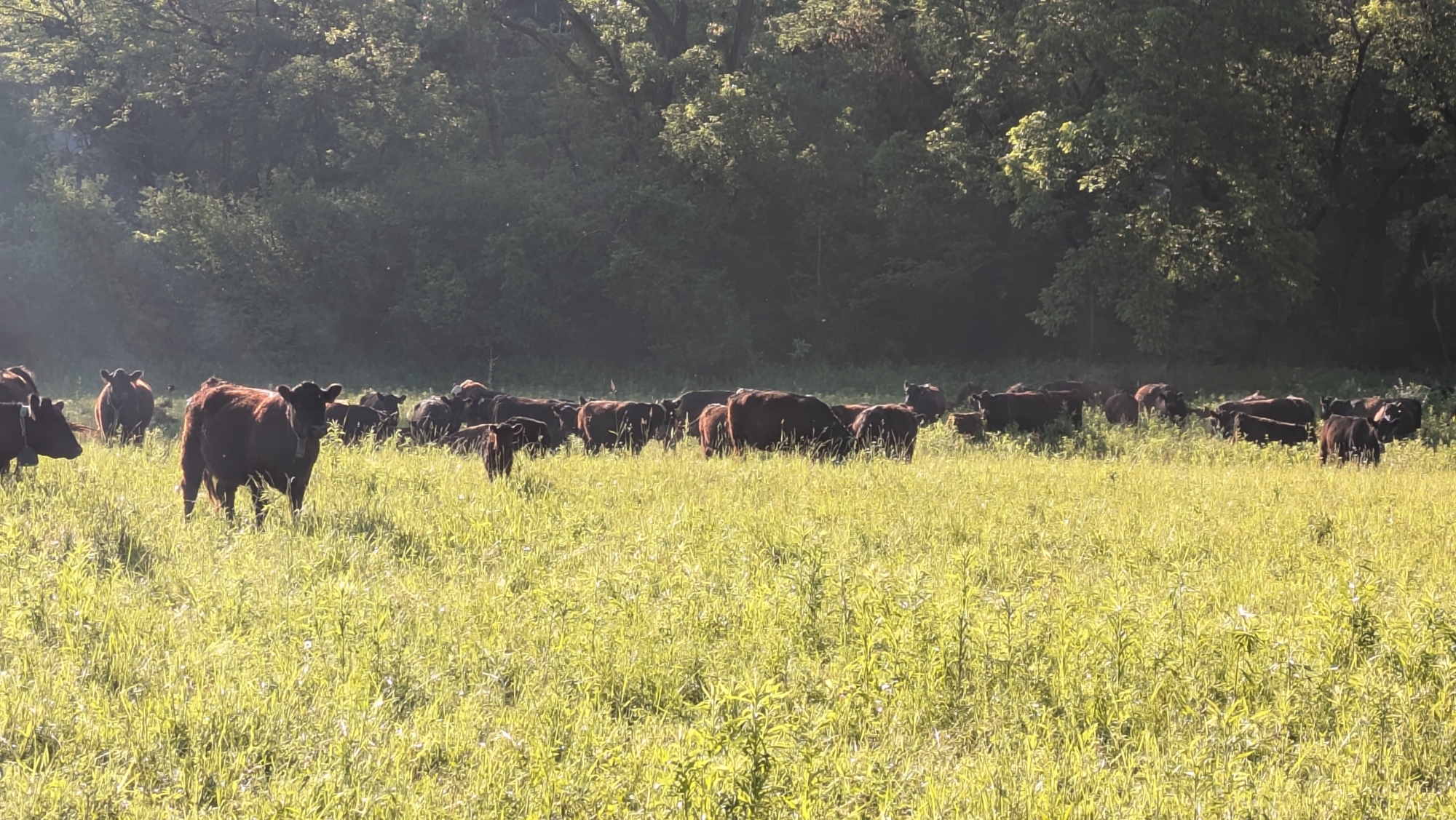



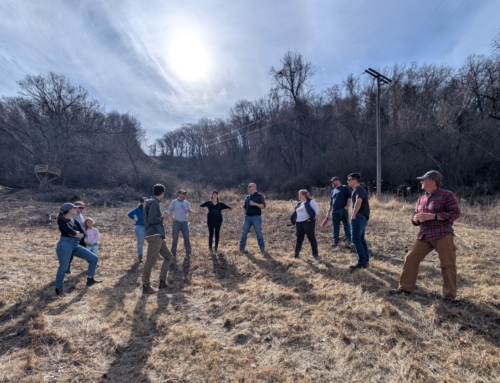
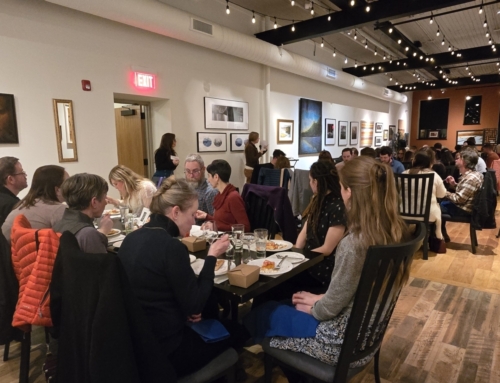
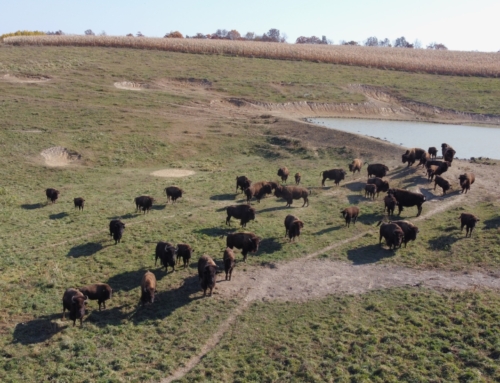
Leave A Comment